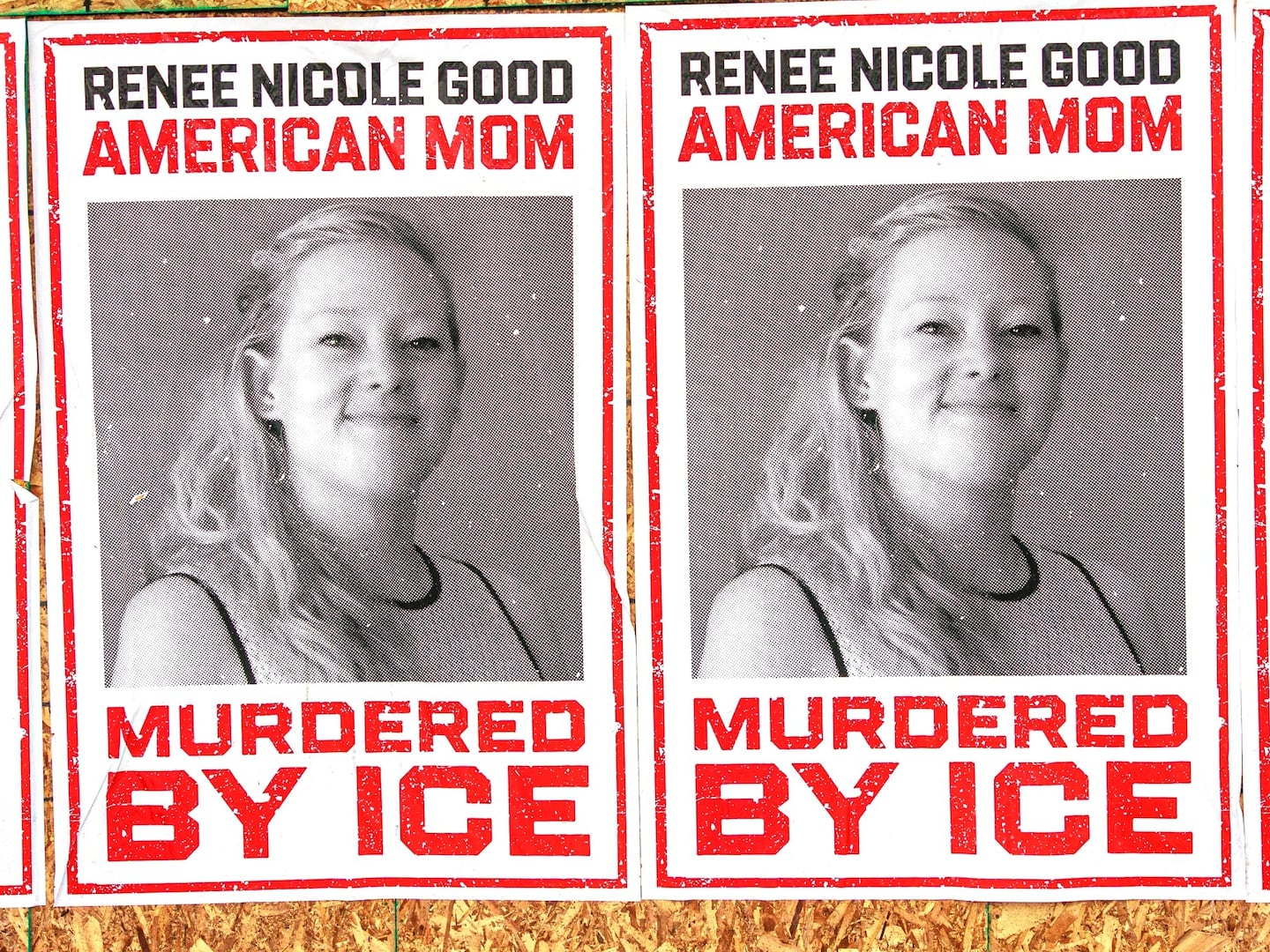What are we supposed to do with Hemingway? A solid half-century after his death by suicide, the most imitated and influential American writer of the 20th century still towers over the literary landscape: a colossus with feet of clay.
The man could be gracious and generous. He was physically courageous. He was also, at times, boorish, vengeful and petty. His adventures—as a war correspondent, a fisherman and hunter, a brawler—were legend. His writing, meanwhile, was beautiful and hard, a new kind of prose with a rhythm and a descriptive agility all its own, but in the eyes of his detractors (and there are many) a prose that never evolved. Content to have invented a wholly new literary voice, Hemingway spoke to his readers in that voice until the very end.
What is perhaps most astonishing about the attention still paid to Hemingway and his work, however, is that after all this time he unquestionably deserves it. His best writing—in stories like “The Short Happy Life of Francis Macomber,” “The Three-Day Blow” and the mysterious, unforgettable “Big Two-Hearted River” (parts I and II) and in his novels, especially The Sun Also Rises and The Old Man and the Sea, both of which still feel bracingly new—his best writing is not merely great: it is viscerally thrilling. Hemingway has been analyzed, revered, derided, and parodied for so long that one sometimes forgets that he crafted sentences, passages, entire chapters and stories so sharp and clear-eyed that, even when read over and over again, they can still get your heart racing—or, on occasion, stop it altogether.
Admire him, loathe him—but no one who cares even a little bit about American letters can possibly ignore Hemingway.
Now, further complicating that thorny legacy, the good people at Scribner are reissuing Green Hills of Africa, Hemingway’s account of big-game hunting in East Africa in the 1930s.
This new edition of a book that was first published in 1935 and that might well be the strangest, most uneven, and most underrated of the works that appeared when Hemingway was alive includes for the first time all of the entries of a journal that Hemingway’s wife, Pauline, kept while they were on safari in East Africa in 1933 and 1934. Her engaging, laconic observations offer yet another lens through which to witness Hemingway at large in the world, while also helping the reader gauge how much, or how little, Hemingway reshaped the reality of his experiences in order to express, to his own satisfaction, his fondness for the hunt, his affinity for the natural world, and his abiding love of “the dark continent” itself (or, at least, a small sliver of it).
For most Hemingway readers—especially those who revisit certain works on a regular basis—the reissue of this particular book is an opportunity, a reminder, to dive in again to a title we probably haven’t thought about for years. Granted, there might be readers whose favorite Hemingway book is Green Hills of Africa. Personally, I’ve never met one. And until reading this new edition—with its journal entries, an insightful foreword and a moving introduction by Hemingway’s sons, and some charming “letters from Africa” that Hemingway published in Esquire—Green Hills was hardly even on my radar when mulling his best works.
But encountering the book again after all these years, it's hard not to marvel, page after page, at Hemingway’s singular gift for pure, descriptive prose. Green Hills is certainly a flawed work, with long, long passages about tracking game and detailed descriptions of the vastness and sere beauty of the countryside that feel, at times, almost comically redundant. But after a while, the writing—with Hemingway holding fast to certain rhythms while freighting simple terms (good, fine, clean, pleasant) with tremendous significance—begins casting its familiar spell. After a rocky start, we are incontestably right there with Hemingway and his pseudonymous companions—-the wise, grizzled old guide, Pop, who in real life was a famous British hunter named Philip Percival; P.O.M., for "Poor Old Mama," who in real life was Hemingway’s Pauline; and Karl, who in real life was Hemingway’s friend from Key West, Charles Thompson—drinking whiskey by the campfire, stalking through tall grass on the savannah, or sweltering motionless on a hillside “glassing” antelope or kudu with binoculars from a mile away.
If one is susceptible to its cadences, it’s difficult not to get swept up and carried along by Hemingway’s language:
It was a green, pleasant country, with hills below the forest that grew thick on the side of a mountain, and it was cut by the valleys of several watercourses that came down out of the thick timber on the mountain. Fingers of the forest came down onto the heads of some of the slopes and it was there, at the forest edge, that we watched for rhino to come out. If you looked away from the forest and mountain side you could follow the watercourses and the hilly slope of the land down until the land flattened and the grass was brown and burned and, away, across a long sweep of country, was the brown Rift Valley and the shine of Lake Manyara.
Or this:
[T]he hyena, hermaphroditic, self-eating devourer of the dead, trailer of calving cows, ham-stringer, potential biter-off of your face at night while you slept, sad yowler, camp-follower, stinking, foul, with jaws that crack the bones the lion leaves, belly dragging, loping away on the brown plain, looking back, mongrel dog-smart in the face…
(We should acknowledge, as well, Hemingway’s occasional and jarringly casual use—here and in many of his stories and novels—of the word “n-gg-r.” There’s no way to sugarcoat it; it’s there for any reader to see. That said, one can find many smart, nuanced discussions of Hemingway’s treatment of race—and of anti-Semitism—all over the Web.)
In many ways, Hemingway was at the height of his powers during the safari and immediately afterward, when he wrote Green Hills. As Paul Hendrickson put it in his excellent 2011 book, Hemingway’s Boat, at this moment in his life, in his early 30s, Hemingway was “rugged, handsome, youthful, trim-waisted, owner of a killer grin and an even more killer ego, the reigning monarch of American literature, a sportsman and a sensualist glorying in his life, in the external physical world.”
Some readers, of course, will have no interest whatsoever in Green Hills simply because it is, in many respects, a book that appears to glorify killing. While not quite up to the genuinely shocking carnage visited upon hunting grounds all over the world by, say, a killer on the scale of a Teddy Roosevelt, the stalking, shooting, gutting, skinning and other hunt-related details in Hemingway’s book nevertheless make for as thoroughly blood-soaked an entertainment as one is likely to find this side of The Walking Dead.
But it is also here that Hemingway articulates, as simply and as unapologetically as he ever did anywhere, his philosophy of the hunt, and of the kill. “I did not mind killing anything, any animal,” he writes, with disarming candor, late in the book, “if I killed it cleanly, they all had to die and my interference in the nightly and the seasonal killing that went on all the time was very minute and I had no guilty feeling at all.”
Some might find that argument disingenuous. (Is there any sort of ecological equivalency between, say, a hunter shooting a rhino and a pride of lions taking down a wildebeest?) But Hemingway’s code was expansive enough to encompass not only the killing, but all that came before—the careful preparation of gear, weapons, and food; the stalking; the gaining of knowledge about prey; the patient waiting, waiting, waiting—as well as the camaraderie, the storytelling and the drinking that came afterward, by the campfire, when the hunting was done.
"Unlike many novels,” Hemingway wrote in his original Foreword to Green Hills of Africa, “none of the characters or incidents in this book is imaginary … The writer has attempted to write an absolutely true book to see whether the shape of a country and the pattern of a month’s action can, if truly presented, compete with a work of the imagination.”
Hemingway, we presume, knew the answer to his own question, and it’s the same as it was when he framed it nine decades ago. Can the shape of a country and the pattern of a month’s action, if truly presented, compete with a work of the imagination? Yes. It can.






